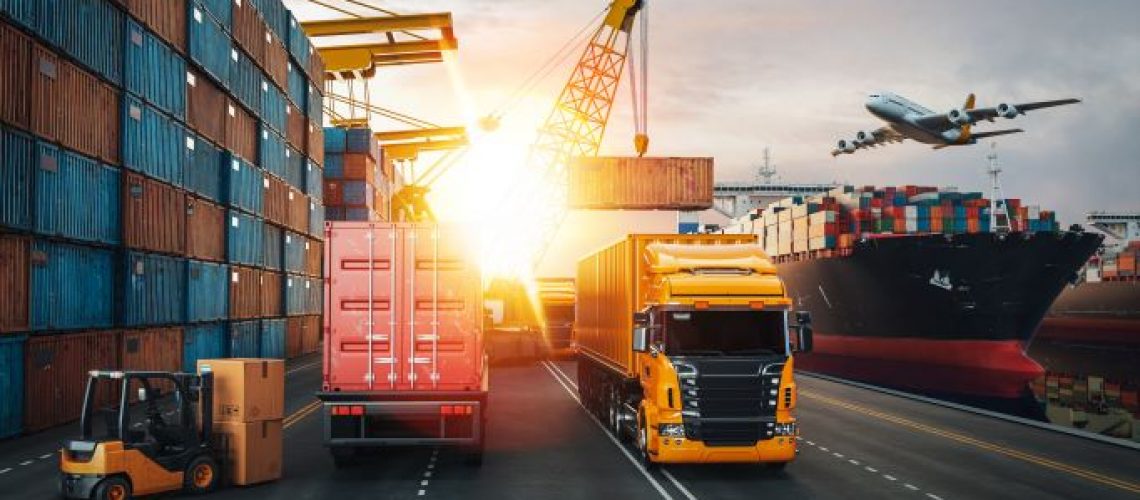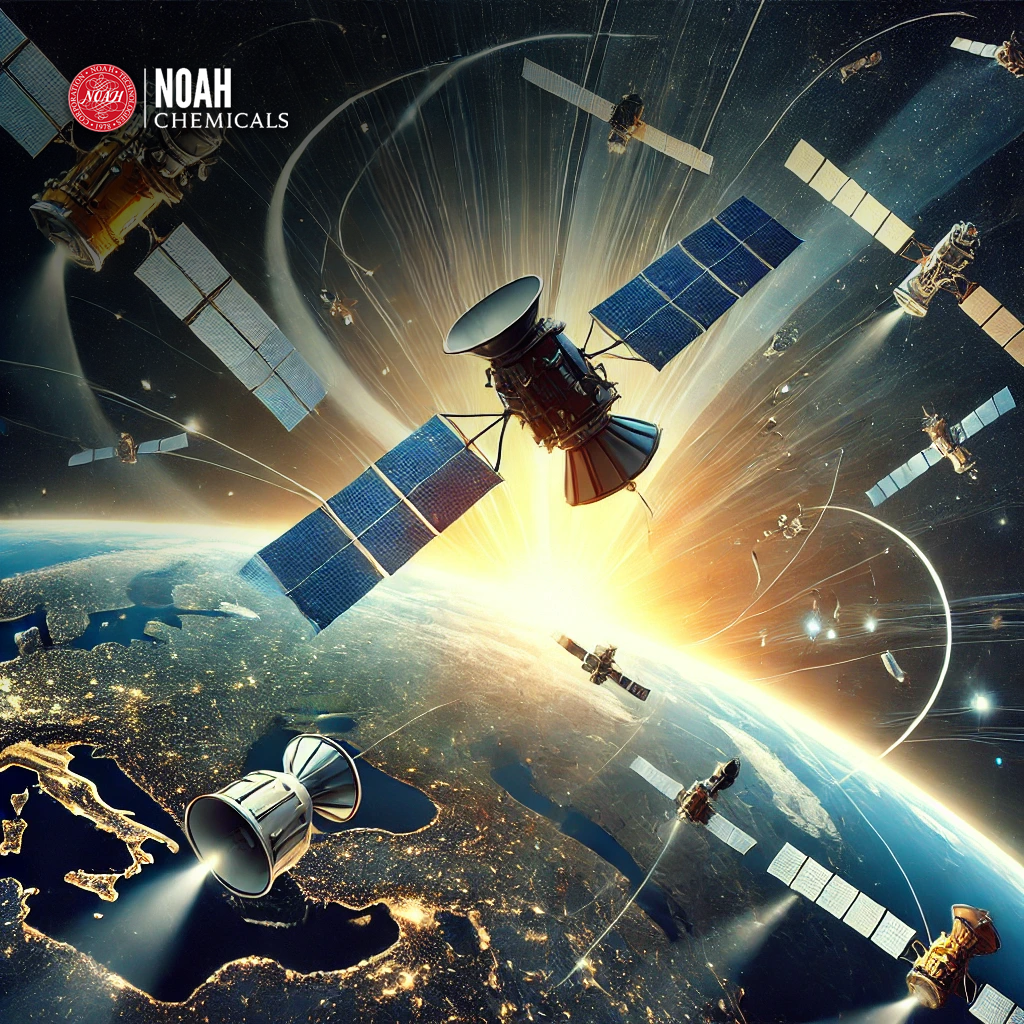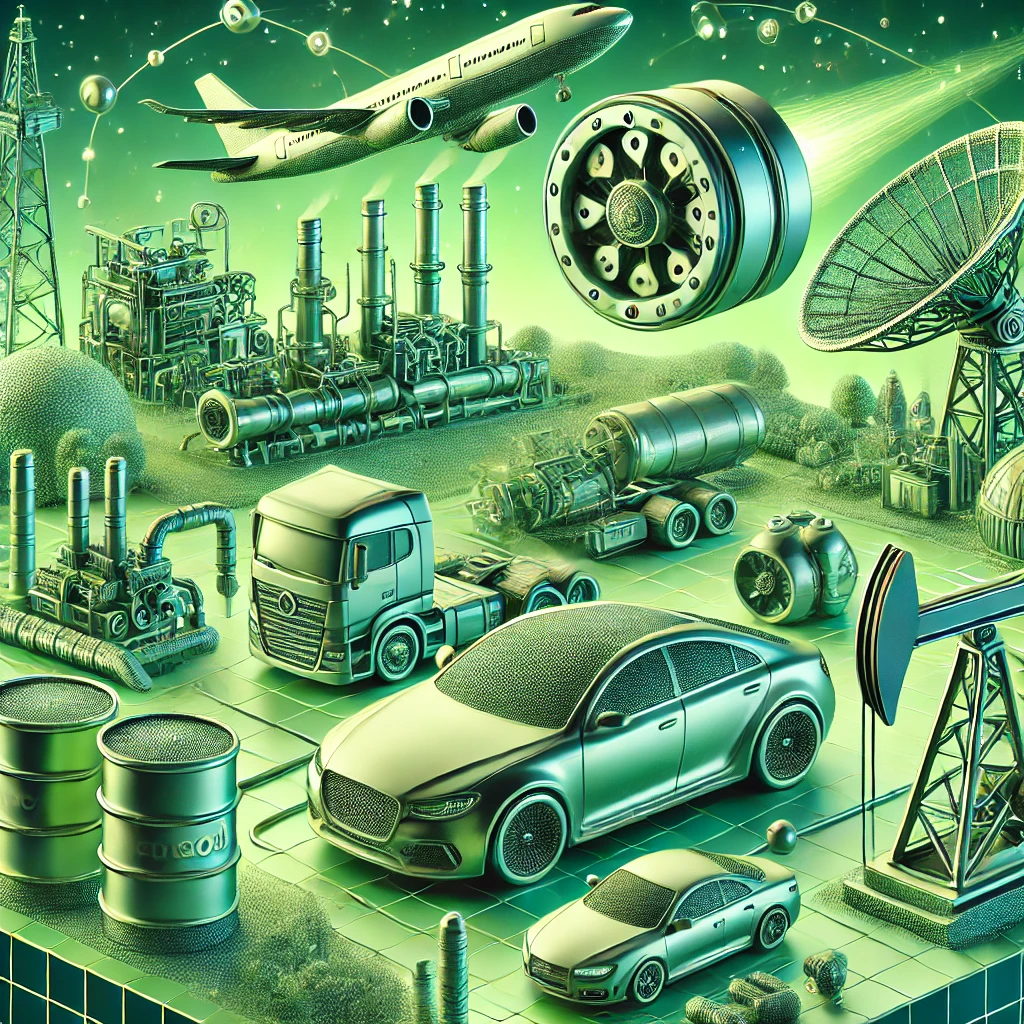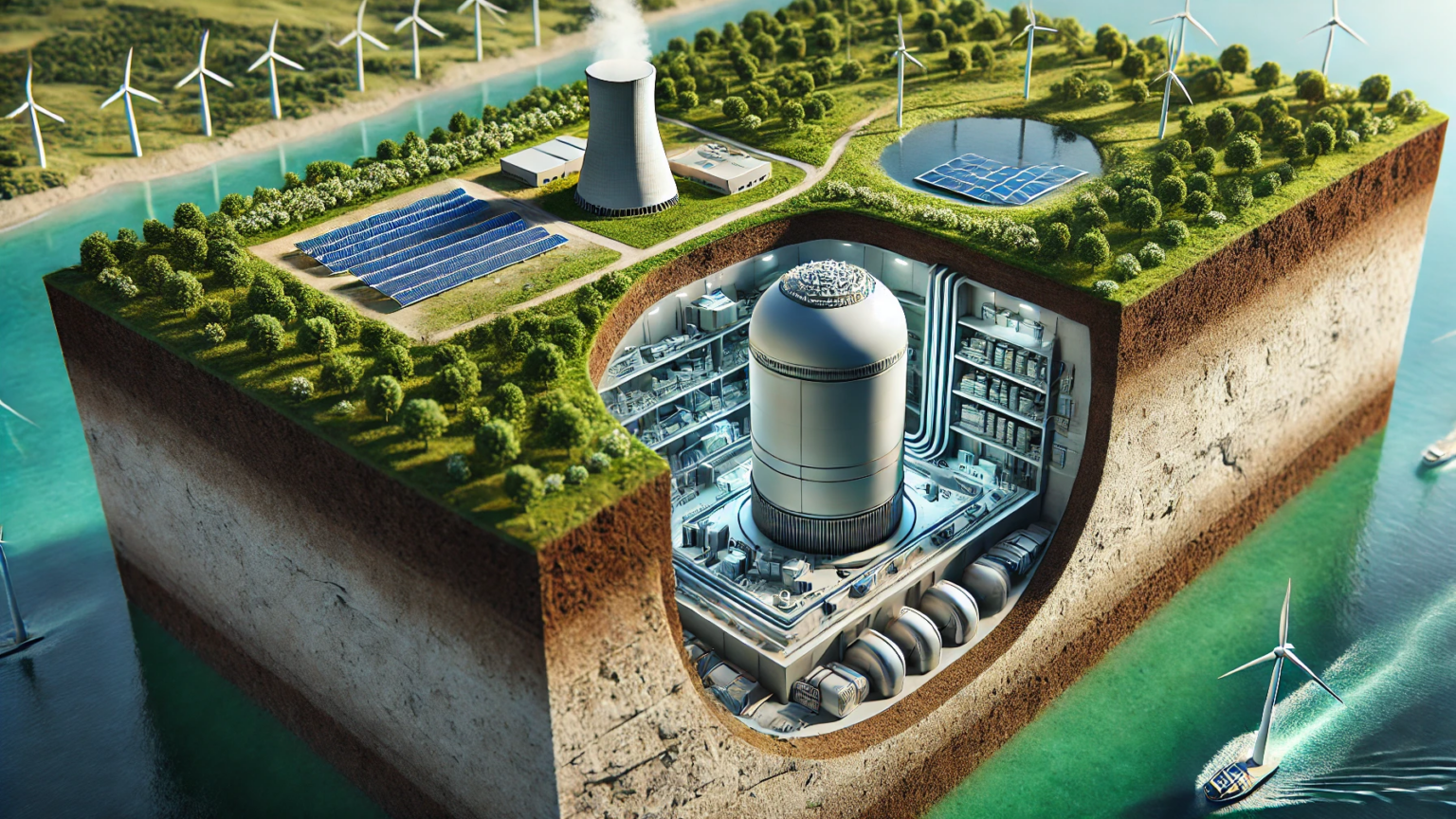With the War in Ukraine and continuing COVID lockdowns in China, our global economy continues to face supply chain issues and record-high inflation. Many companies are rethinking where they source their materials and stocking up on inventory, even in the face of higher costs and reduced efficiency. Here we discuss trends that are set to impact the chemical supply industry in 2023.
Supply Chain Problems
Transportation-related supply chain issues have been a big issue since 2019, thanks to COVID-19. According to several surveys conducted by the American Chemistry Council, these problems continued through the first half of 2022 and resulted in prolonged impacts on U.S. manufacturing operations. Many U.S. chemical manufacturers report that supply chain issues have worsened in some cases towards the last quarter of 2022.
In the first three quarters of 2022, U.S. companies reported that ongoing transportation-related supply chain disruptions resulted in lost manufacturing and customer orders and increased shipping costs that have harmed their manufacturing operations.
The ACC conducted surveys in December 2021, March 2022, and July 2022 to understand the magnitude of challenges being faced by the U.S. chemical industry.
- 97% of companies reported that they had to modify their operations due to transportation disruptions and delays.
- 52% of companies curtailed production due to the inability to ship products to consumers, and 35% reported that customers canceled orders due to concerns about their product not arriving or arriving too late.
- In response to supply chain issues, 92% of chemical producers have increased their inventory of raw materials, and 62% have increased their inventory of finished products.
Of companies that ship their products by railway, 92% report that conditions are getting worse, and 48% report that conditions are unchanged. Freight rail service has been suffering delays and embargos that are preventing materials and finished products from getting to their end destination since before the pandemic. It is reported that, on average, less than 70% of rail cars arrive on time. These delays and service failures by the rail service result in higher prices and disruptions in the supply chain of food, fuel, and many other essential products. COVID-19 and higher demand for products have compounded these issues.
All of these rail service issues can be attributed to the implementation of the Precision Scheduled Railroading (PSR) model, which abandoned customer-centric pro-growth in favor of lower operating ratios and higher short-term profits. The implementation of the PSR model resulted in the cut of 45,000 jobs between 2016 and 2021, which is 30% of the rail service’s combined workforce. It also resulted in thousands of locomotives being taken out of service and the closure of rail yards. This significantly reduced network resilience and has resulted in more frequent, severe, and longer-lasting service disruptions.
So, what’s the solution?
The ACC and other rail customers are calling for Democrats and Republicans to act now without further delay. Specifically, they are calling on Congress to pass the Freight Rail Shipping Fair Act that:
Requires rail contracts to include service delivery standards and remedies
Provides clear direction to resolve common carrier obligation complaints
Creates financial incentives to move railcars more efficiently
Increases the Board’s authority to address rail service emergencies
Funds the Board to allow for quicker dispute resolutions
Supports efforts to identify where freight is located while in transit
The ACC is also calling on the Surface Transportation Board to adopt regulatory reforms, including reciprocal switching, which allows rail customers to request their freight be moved to another major railroad. This would increase competitive bids for rail service and help reduce transportation costs, delays in the transportation of goods, and the need for government intervention.
Other solutions being supported and called for to address the transportation-related supply chain issues include increasing gross vehicle weight on federal interstates, implementation of key provisions of the Ocean Shipping Reform Act by the Federal Maritime Commission, and improved data on first mile/last mile service in order to improve performance tracking.
Going into 2023, we hope to see policy reforms and the adoption of key provisions that will reduce delays and uncertainty in the chemical supply chain.
Innovation and Sustainability
With the increasing threat of climate change, crude oil prices, and dwindling natural resources, innovation and sustainability are essential in meeting carbon emission goals and moving beyond abatement. Around 70 global companies have 2050 targets set for net-zero or carbon neutrality. In order to reach their 2030 goals, these companies must focus on reducing their emissions. In order to avoid a reduction in the supply chain, companies need to harness alternative materials and products on a larger scale.
There are currently 15 technologies that are crucial to the reduction of emissions. These include things like carbon capture and sequestration, reduction of fossil fuel use, and increasing use of renewables, hydrogen, and nuclear fuels in order to decarbonize chemical feedstocks.
The biggest challenges to reaching these sustainability goals are the lack of low-carbon alternatives and the cost of abatement. In addition to maintenance and growth capital, companies need to create a new allocation for sustainability capital to solve the costs of abatement. Recent sustainability-related announcements by the federal government, including the Infrastructure Investment and Jobs Act and Inflation Reduction Act, are accelerating the path towards bio-based productions and low-carbon alternatives.
The changes in the requirements for downstream industries by the Inflation Reduction Act will result in companies needing to reevaluate the location of their suppliers and the quality and functionality of the materials supplied. In order to achieve desired results while meeting sustainability and quality standards, companies will need to invest in innovation that goes beyond the production of new materials. These innovations will include system-level design and engineering, new business models, and new approaches to collaborations and partnerships based on functional solutions that go beyond open innovation.
Digital Technology
Emerging digital technologies are driving value chain improvements and sustainability in the chemical industry. Expansions are being made in the use of mobile devices for interaction and improved customer experience. Advancements are also being made in the deployment of predictive analytics and cloud architectures for computation.
These investments have made a pivotal case for digital advancements in the chemical industry, especially in the face of the recent pandemic. This digital foundation allowed the industry to migrate from a physical to a virtual setting during the pandemic, which allowed them to operate without disruption.
The implementation of digital technologies is also changing the way chemical producers make decisions. Predictive analytics allows companies to look ahead and enables them to make decisions on whether they should focus on stabilities and capabilities or if it’s the right time to expand into new areas. Implementing cognitive automation helps to solve talent shortcomings in the industry. Better decisions based on reliable data help the industry to grow in a sustainable manner. Continued development and improvement of digital technologies will drive the growth, sustainability, reliability, and value realization of the chemical industry throughout 2023.
Domestic and International Growth
The pandemic and the Ukraine war have transformed the supply chain with longer-term contracts, build-up in inventories, and dual sourcing. In order to be more resilient to issues abroad, many companies are moving their production lines back to their own countries. This is most apparent in the US, Europe, some Asian countries, and the UK. Recent research suggests that starting in 2025, 25% of the world’s exports could be affected by reshoring efforts. This will trigger a transition in workforce needs, and the impacts of this are yet to be known.
Kick Off Your 2023 Planning Strategy
In the face of these trends, changing times, inflation, and uncertain crude oil prices, we are planning ahead for 2023. As a valued partner, we need your help in preparing for the challenges in the year ahead in order to keep up with your demand and production schedules.
With more than 60 years in the chemical industry, we can support concept to full-scale production and high purity and bulk chemical supplying and manufacturing. At Noah Chemicals, we maintain the highest compliance certifications and security standards. Our Chemical Services department provides consultation, formulation, application, and analysis services. Schedule your consultation today by calling (833) 662-NOAH.




